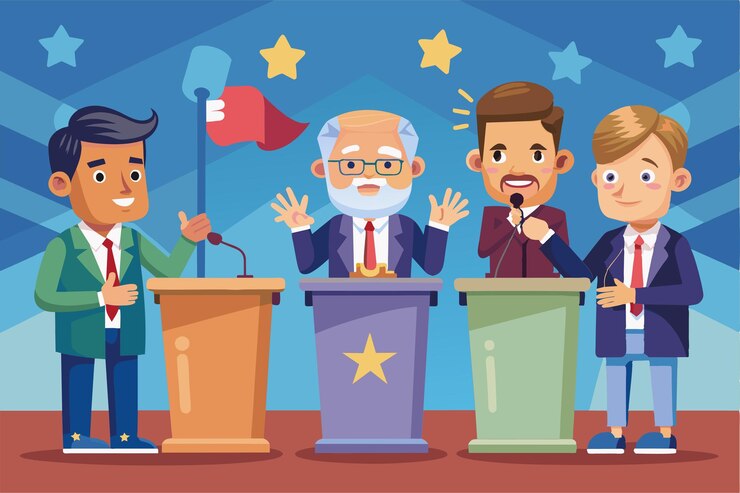Political cartoons have long been a powerful medium for commentary, satire, and critique, especially regarding international issues. Among various political gatherings, the G8 (Group of Eight) summit has been a focal point for such artistic expression. Comprising the world’s major advanced economies—Canada, France, Germany, Italy, Japan, Russia, the United Kingdom, and the United States—the G8 meetings attract immense global attention. Political cartoons featuring G8 leaders encapsulate complex international relations, economic policies, and environmental challenges, often with a humorous twist.
The role of political cartoons in the media cannot be underestimated. They serve not just to entertain but also to provoke thought, inspire debate, and sometimes even challenge the status quo. As global leaders convene to discuss pressing issues, the reactions and interpretations by cartoonists provide a unique lens through which the public can view these discussions.
The Significance of G8 Political Cartoons
Reflecting Public Sentiment
G8 political cartoons often reflect the public’s sentiment towards the decisions and actions of world leaders. Through caricature and exaggeration, these cartoons illustrate public frustrations, concerns, or support regarding international policies. For instance, during the G8 summits focused on climate change, cartoons might depict leaders making grand promises while showing the environmental consequences of their inaction. This visual storytelling resonates with audiences, as it captures their feelings in a relatable and impactful manner.
Simplifying Complex Issues
The complexities of international politics can be overwhelming for the general public. G8 political cartoons distill these complicated subjects into digestible visuals, making them accessible to a broader audience. Issues such as economic policies, foreign aid, and trade agreements are often intricately woven into humorous narratives that highlight key points. This simplification can lead to increased awareness and understanding among viewers, encouraging them to engage more deeply with the underlying issues.
Engaging with Current Events
Political cartoons are also timely, often addressing current events as they unfold. The G8 summits frequently coincide with major global crises—economic downturns, conflicts, or natural disasters—and cartoons serve to comment on these pressing issues. For example, during a summit that addresses a global health crisis, cartoonists may illustrate the contrasting reactions of world leaders, emphasizing disparities in their approaches. This engagement with real-time events not only entertains but also informs the public about significant global matters.
Notable Themes in G8 Political Cartoons
Leadership Styles and Personalities
The personalities and leadership styles of G8 leaders often take center stage in political cartoons. Cartoonists exaggerate distinctive traits, allowing viewers to quickly recognize and relate to the figures being depicted. Whether portraying a leader as overly confident, indecisive, or out of touch, these visual representations help convey the prevailing public opinion about their effectiveness in handling global issues.
Globalization and Economic Policies
Globalization is a central theme of G8 discussions, and it frequently appears in cartoons. Political cartoonists critique economic policies, trade agreements, and the implications of globalization on ordinary citizens. They may illustrate the disparity between the wealthy elite and struggling communities, offering a biting commentary on the impact of G8 decisions on everyday lives. Such representations encourage viewers to reflect on how these high-level discussions affect their lives.
Environmental Concerns
Environmental issues are another critical focus of G8 meetings, and cartoons often highlight the leaders’ responsibilities towards sustainable development. Cartoons depicting climate change negotiations often juxtapose powerful leaders with the consequences of environmental degradation, such as melting glaciers or polluted oceans. These images aim to hold leaders accountable for their commitments to combat climate change, urging them to prioritize the planet over political agendas.
The Impact of G8 Political Cartoons
Shaping Public Perception
G8 political cartoons play a crucial role in shaping public perception of global leaders and their policies. By satirizing their actions, these cartoons encourage the audience to question the effectiveness of leadership. They can spark discussions about the adequacy of international responses to global challenges, ultimately influencing public opinion and policy debates. A well-crafted cartoon can encapsulate complex ideas in a single frame, leaving a lasting impression on viewers.
Fostering Political Engagement
Through humor and critique, G8 political cartoons foster political engagement among the public. By addressing pressing issues in an entertaining format, they motivate individuals to stay informed about global affairs and participate in political discourse. Viewers may feel more inclined to engage with news stories, share cartoons on social media, or discuss the topics with friends and family, broadening the conversation around important issues.
Challenging Authority
Political cartoons have a long-standing tradition of challenging authority and holding leaders accountable. By using humor and satire, cartoonists create a space for dissent, often questioning the motives and actions of those in power. G8 political cartoons can push back against the narratives crafted by politicians and media, encouraging the public to think critically about the motivations behind policy decisions and the impact they have on the world.
Conclusion
G8 political cartoons are more than just humorous illustrations; they are powerful tools for commentary on global issues. By reflecting public sentiment, simplifying complex topics, and engaging with current events, these cartoons provide valuable insights into the state of international politics. They capture the essence of global leadership, economic policies, and environmental concerns while challenging authority and fostering political engagement.
In an era where visual storytelling is paramount, G8 political cartoons continue to play a vital role in shaping public perception and discourse. As leaders gather to discuss pressing issues, the artistic interpretations of their actions serve as a reminder of the importance of accountability, transparency, and the impact of their decisions on the world stage.
FAQs
What is the G8?
The G8, or Group of Eight, is an organization of eight major advanced economies: Canada, France, Germany, Italy, Japan, Russia, the United Kingdom, and the United States. The group meets annually to discuss and coordinate economic policies, security issues, and other global challenges.
How do political cartoons influence public opinion?
Political cartoons use humor and satire to critique and comment on current events, often making complex topics more accessible. By distilling issues into relatable visuals, they can shape public opinion and encourage discussions around important global matters.
Why are G8 political cartoons important?
G8 political cartoons are important because they reflect public sentiment, simplify complex issues, and engage viewers with current events. They also hold leaders accountable for their actions and decisions, fostering political engagement and critical thinking among the public.
What themes are common in G8 political cartoons?
Common themes in G8 political cartoons include leadership styles and personalities, globalization and economic policies, and environmental concerns. These themes are often used to critique the actions of world leaders and the impact of their decisions on global issues.
Where can I find G8 political cartoons?
G8 political cartoons can be found in various media outlets, including newspapers, magazines, and online platforms. Many cartoonists also share their work on social media, making it easy to access and share these insightful commentaries on global politics.







